You’ve probably noticed that I didn’t talk about the Pico at all in the comparison with the Audinst HUD-MX1 and the Dr. DAC Prime. The reason for that is that the Pico does come with a different kind of sound than the three above. Both the Audinst HUD-MX1 and the Gamma2 is very similar in its sound, and although the Dr. DAC Prime is less so, I would still group them together. In contrast, the Pico is quite different in its sound, and so it would belong in another group.
Before I set out to do this comparison, initially I have guessed that the Gamma2 would have the edge in sound quality. If we go by the “normal” convention that DIY products can be compared to commercial products 2-3 times its price, the Gamma2 then would be comparable to commercial DACs in the $400-$600 range, which makes it pretty tough for the Pico to match. After spending sometime with both, however, it’s clear that my prediction was way off.
To begin with, I don’t hear any advantages of the Gamma2 when compared to the Pico. They do share the same chips, from the USB controller, DAC, and to the ASRC upsampler, and so roughly their performance is roughly in the same ballpark. You’re not going to hear that one is more detailed than the other, although the Pico, being slightly darker sounding, may sound a little less detailed at first impression. This makes the Pico slightly less ideal, in my book, for low level listening. On the other hand, the Gamma2 is a little brighter than the Pico, and it’s easier to spot the details on it.
After long term listening, it becomes very obvious that these two DACs are very different in terms of sound signature and presentation. Aside from the bright & dark differences mentioned above, the Pico DAC has a fuller body and a weightier sound. It’s also warmer sounding than the Gamma2. What really separates the two DACs, however, is in the subtle things and the little refinements. Clearly, the Pico is the DAC for the audiophile. It’s warm and full bodied, but it’s also more than that. I slowly noticed that it has a very good timbre, and that ambience and nuances is very good and clearly above the Gamma2. On the Pico, each instruments in the Jazz in the Pawnshop album gets a proper body and weight to the sound, where on the Gamma, they are dryer, thinner, and less palpable. From the electric guitar, the saxophone, to the piano, the Pico reminds me a lot of the sound of the HM-801 player. Not to mention vocals as well, the added weight in the vocals are much more welcome. This difference in the weight and body really breaks the Gamma2 for me, and regardless of the genre I’m playing, from Rolling Stones to Rachmaninov, I find myself wanting to hear it through the Pico more. If I consider the Gamma2 to be a fairly neutral DAC, then the Pico is definitely colored. But it’s coloration is tuned in a way that it would enhance the musical experience of the listeners.
Moreover, while the Gamma2 has an airier sound and a larger soundstage than the Pico (two traits that I love), instrument separation is not as distinct in the Gamma2 as they are in the Pico. The Pico has a blacker background than the Gamma2, and with good attack and decay, I find that the focus on individual instruments is better on the Pico.
While the Gamma2 is a good DAC by itself, after considering the effort that needs to be made to complete the DIY build, the significantly larger size of the DAC unit, the added bulk from the external power supply, and the build quality of the two products, I would heavily lean toward the HeadAmp Pico DAC if it was my purchase. Personally I am not a big fan of the high gloss finishing of the Pico, but when I consider the whole package including price and the sound output, the Pico suddenly becomes a very good alternative.
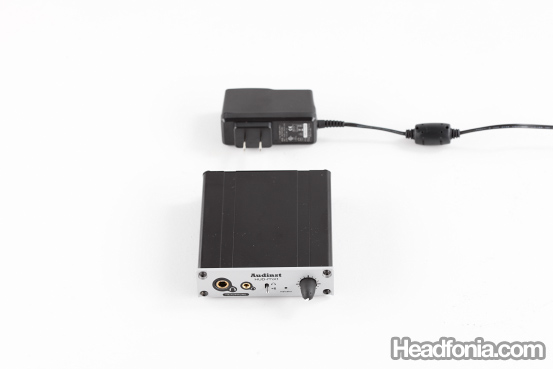
Audinst HUD-MX1 and walwart (supplied, but optional).
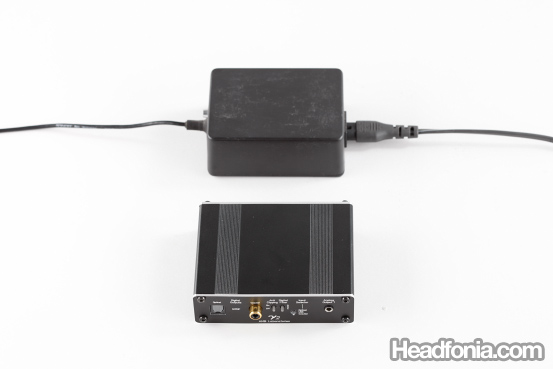
AMB Gamma2 with optional AMB Sigma25 regulated power supply.
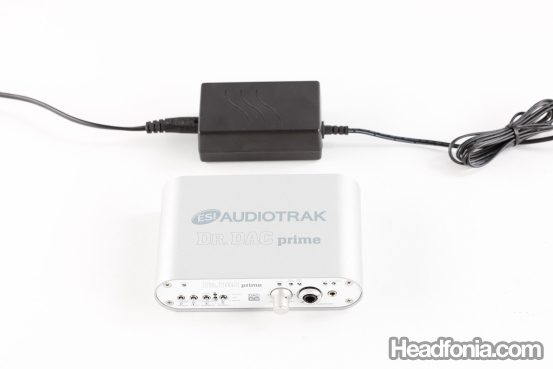
ESI Dr. DAC Prime with supplied walwart (necessary for power).
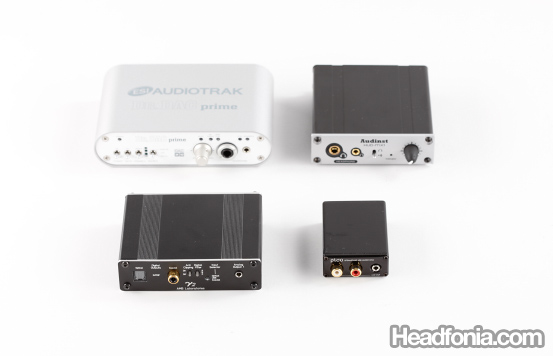
Size comparison.
What’s more, though the Gamma2 (along with the Dr. DAC Prime and the Audinst HUD-MX1) does a great job in converting digital signal into analog, the Pico with its own colorations somehow manages to be more than just a digital-to-analog converter. Yes, the Pico is not neutral sounding, but at the same time it’s closer in giving the “audiophile” sound often found in high end systems.
System for review:
Headphone: Sennheiser HD800 with APureSound balanced cable
Amplifier: Doobooloo’s Balanced TPA6120
Transport: MacPro, Itunes 8
DAC: HeadAmp Pico, AMB Labs Gamma2, Audinst HUD-MX1, ESI Audiotrak Dr. DAC Nano
Interconnects: Monster Cable Interlink 400 Mk2





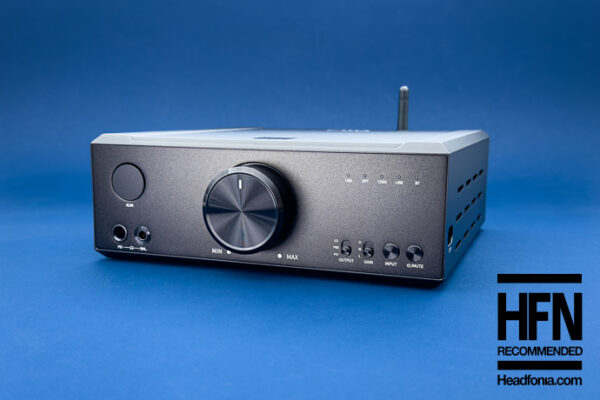
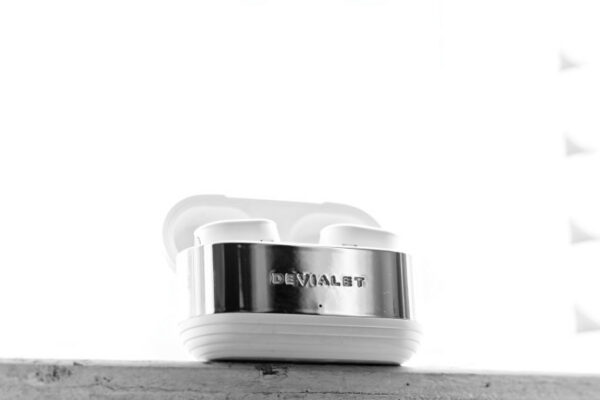
SVM
Nice review!
I wanted to point out a review/discussion on Head-fi forums on Hud-MX1.
http://www.head-fi.org/forums/f7/review-audinst-h…
The reviewer "audiofil" has done some op-amp rolling, from his findings for AD797BRZ x 2 (SOIC pckg. on BD) – I am guessing may be the sound signature is simillar to the coloration of PICO you are referring to.
Mike
Thanks for the link!
Reading the author's comments, he seems to really like the AD797BRZ, but he didn't say enough about the sound that I really can't deduce if it's indeed the "Pico" sound.
I was surprised to hear his comments about the Gamma2, which he found to be more refined, warmer, and fuller sounding. I do agree that the Gamma2 is more engaging and that it has better PRaT than the Audinst HUD-MX1.
thuantran
Hi Mike, sorry to hijack this but I don't know your personal contact. Anyway, an audiophile shop near me has stocked up on Styleaudio Carat-Ruby MkII unit for 340USD. I'm going to audition it this weekend. In case I like it and decide to get it, I might have to push the purchase to next month as someone is going to get annoying if I am to buy it this month. Some comment on specs:
The Topaz is the 2009 version of the original Ruby and in turn Ruby MkII is the 2010 version, what has changed from the Topaz:
– Bigger DC to DC converter unit, leading to bigger depth of the entire unit itself (13cm instead of 12.5cm).
– 24K gold plating PCB.
– Lineout stage output opamp: changed from AD817 to OPA604.
– Accept 24bit/96Khz through USB instead of 16bit/48Khz thanks to Tenor chip.
– Uses PCM1796 instead of PCM1792A, a downgrade in spec but who knows.
– Free voltage adapter with detachable power cord for different standards. IOW you can use the ruby mkII anywhere as long as you have the right power cable.
Jeremy
Nice review, it's something I've been wondering about a while.
Like you note, a lot of the ICs used in the two DACs are the same, but interesting that you found a significant difference between the y2 and the Pico DAC. It might be useful to specify which op-amp was used in your y2's output filter stage (the OPA2365 option is said to be the same used in the Pico DAC section, vs the AD8656) as that could contribute to the sound signature.
Personally one of the reasons I chose the y2 over the Pico was for the additional digital inputs to run off CD players.
Mike
Hi Jeremy,
Sorry for the slow reply as I have to talk to the builder to get that information. This particular Gamma2 uses the AD8656.
Yes, it is a pity that the Pico doesn't come with S/PDIF inputs for hooking up to CD Players. 🙁
Bram
Wow this is a really profound comparison between those DACs. I never thought Pico would be that good! Coz I've always assumed that DIY will always rule over branded stuffs twice as its price or even more and on the other side Pico would easily get beaten by a DIY half its price.
Thanks for the great comparison!
Now it's in between Pico and Audinst for me. 😀
Shahrose
Interesting results Mike. My y2 has the OPA2365, but is otherwise identical to yours (SRC4192, WM8471, external Linear Reg PSU).
I had a chance to compare the y2 and Pico side by side and found little difference (as did others in the setting). I used my HD800 with the M^3/Sigma-11 for the comparison. The subtle differences that I did find favoured the y2 and, surprisingly, some things were actually the opposite of what you've said. For instance, there was more bass weight/punch with the y2, a little smoother upper-midrange/treble and a wider soundstage (depth was about equal). Other than that, there was a striking similarity in sound signatures of both DACs.
Perhaps opamps make a noticeable difference in the y2…who knows.
Oh BTW, I found a noticeable improvement from using the coaxial input instead of USB…but I won't get into that now. I haven't tried optical yet.
Mike
Thanks for sharing your findings Shahrose. Some contradictions in audio can be very puzzling to me. Everything that I heard is what I wrote on the review, and clearly we found different things. Maybe you have build a lemon Gamma2, Shahrose. Just kidding. 😀
Shahrose
Tell that to MisterX, who built it for me. :p
Mike
MisterX? Sshhhh, don't tell him I said that. 😛
Bored
It's pretty obvious which one of you two has a lemon Y2 build. 😉
JJ
Hi Mike,
Have you tried connecting the PICO DAC
to an amp using RCA male to male couplers?
If so, are there any particular brands
you'd recommend or will any coupler be fine?
I'm sorry if I missed it in the review.
Mike
Hi JJ, a local audio guy has been supplying my needs of interconnects. It's pretty high quality, but since its his own build, I don't think it'd be easy for you to get one as he doesn't even have an email. Branded cables, you know these RCA to RCA cables run anywhere from $1 to $1,000 right? 🙂 Just buy a nice looking one at a decent price and enjoy the system for now. 🙂
KK
Hi,
the problem is with the ASRC chip. The AD1896 ASRC chip has a better jitter rejection than the SRC4192; its internal filtering also makes a difference. Getting the AD1896 will make this a fairer comparison.
Internal filters make a lot of differences in DACs.
Anonymous
Thanks for chiming in, KK.